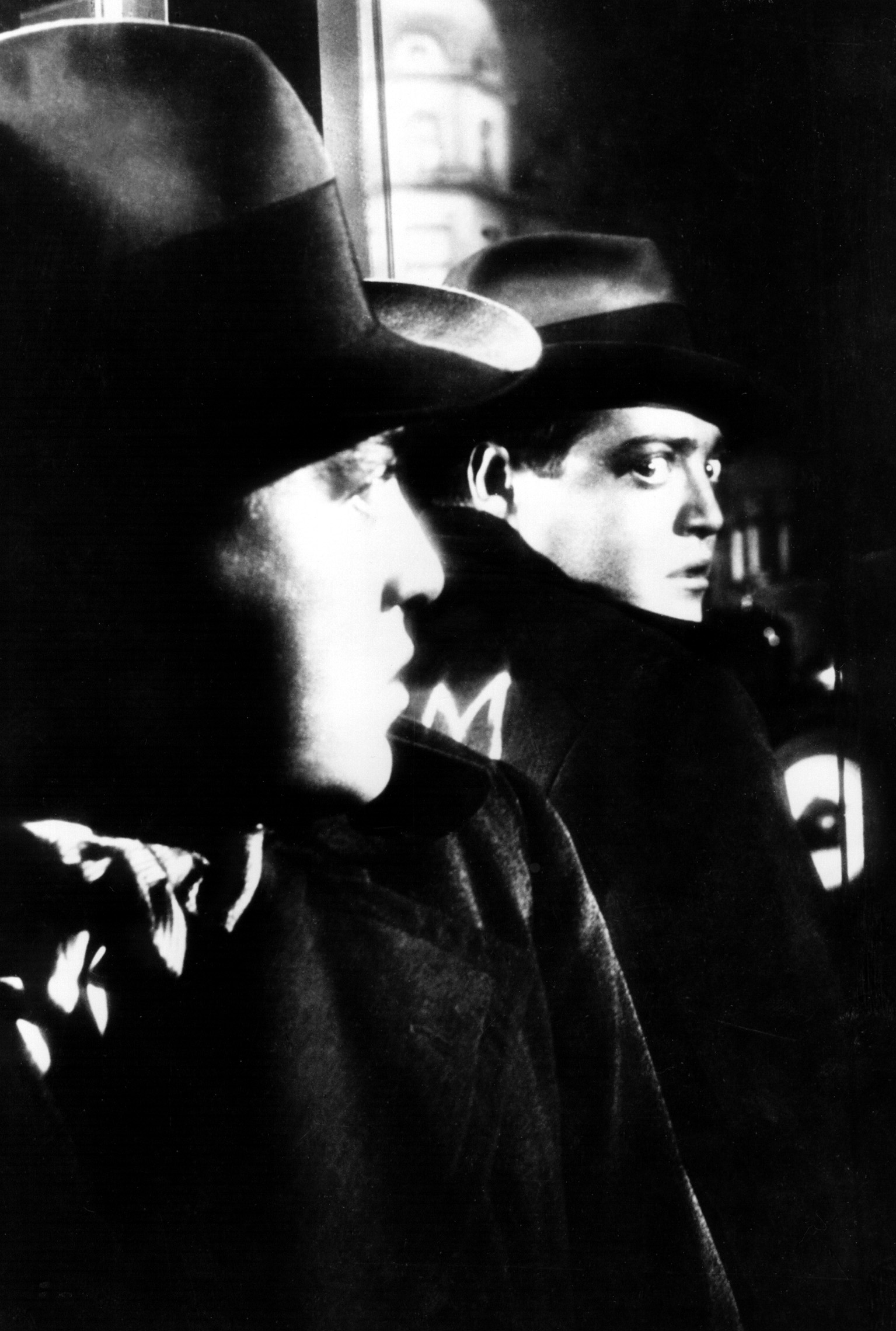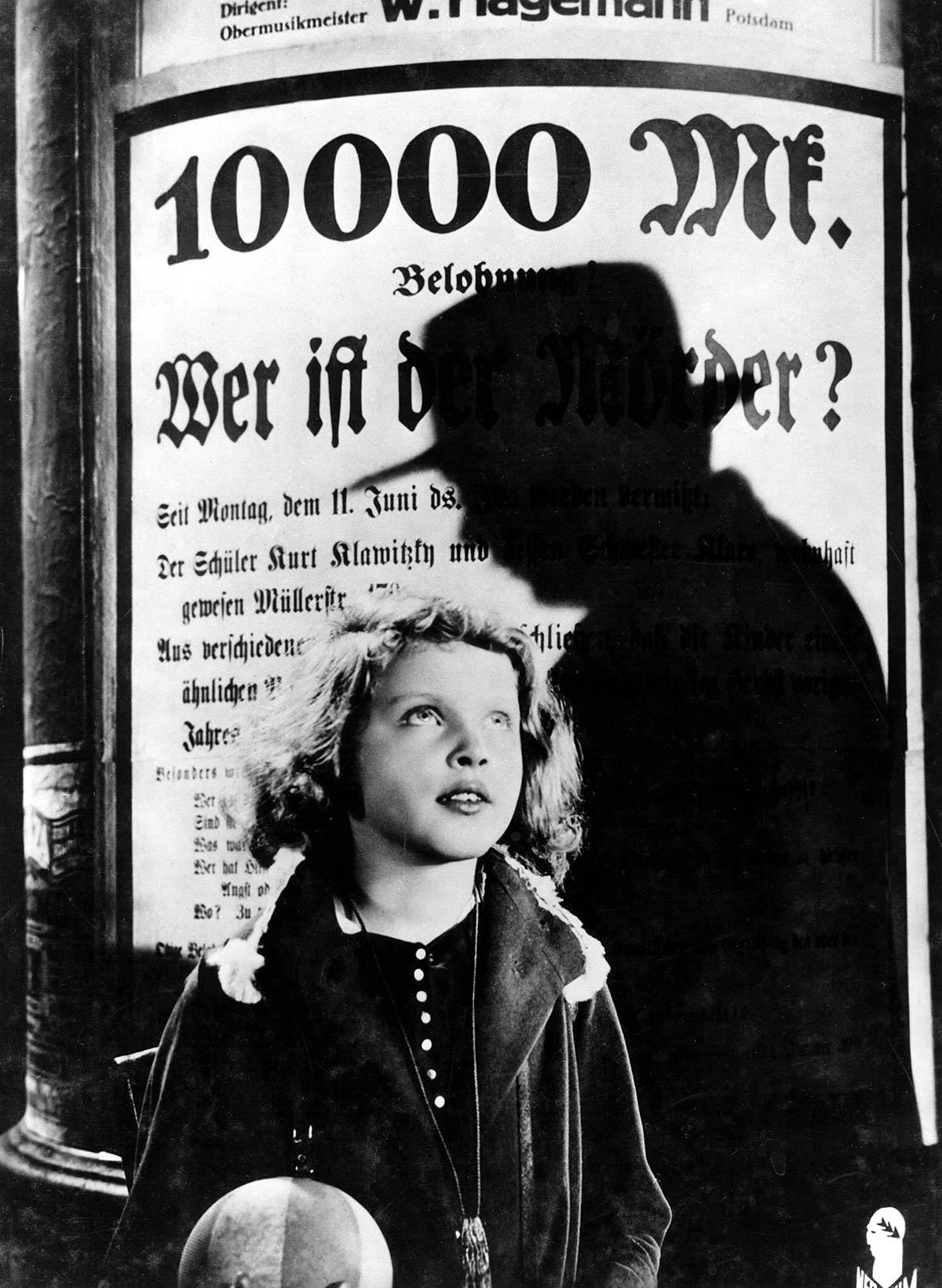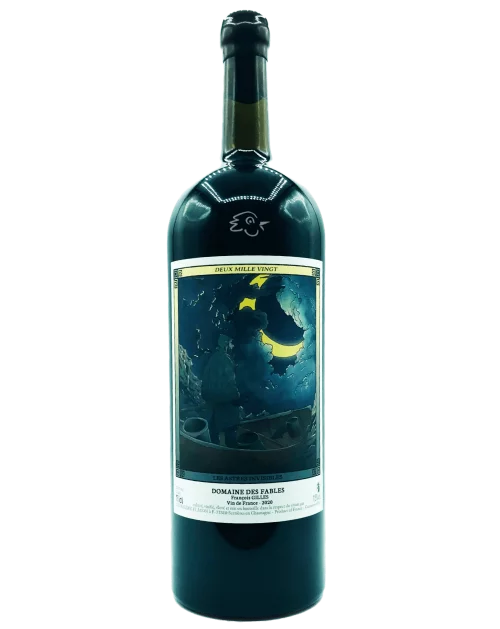

The other is the unimpressive-appearing yellowish flower spike or raceme of the hashish plant (Cannabis saliva), associated over many centuries with the vision of Paradise. One is the white and blue-purple blossom of "the Poppy" (Papaver somniferum), the Sleep-bearer, associated from ancient times with the gods of sleep and oblivion - the source of hallucinatory opium, long considered a panacea for human suffering and sorrow. In a way, they recall the Blue Flower of Novalis and German Romanticism, but they have a less ideal side and they have exerted a more lasting influence.

HISTORICAL CONSIDERATION OF OPIUM AND HASHISH In these pages appear two remarkable flowers whose plants have for ages worked their magic upon the human mind and senses. This first volume of Professor Mickel's study affords a detailed and carefully organized examination of the medical importance, preparation, and technical use of the drugs here concerned, their historical and literary background, their appearance and influence in French society and French Romantic literature and, finally, a demonstration of their significance in the imagery and interpretation of Les Fleurs II. Earlier studies have considered individual figures such as De Quincey or Coleridge or Poe or Baudelaire or Gautier or Balzac, or even several of these together but no major published investigation to my knowledge has hitherto traced the complex influence of drugs upon a whole national literature. The present study is the initial volume of Professor Mickel's longer work in progress on the Artificial Paradises in French literature. My greatest debt, however, is to my wife, Kathleen, who typed the first copy of this work and whose patience and understanding created an atmosphere in which concentrated study was possible. I am also indebted to Research and Advanced Studies of Indiana University for a generous grant in support of this project.

I also wish to thank the administrator of the Smith Fund and the Research Council of the University of Nebraska for grants which enabled me to purchase materials otherwise unavailable, and for a Summer Research Fellowship from the University of Nebraska, which allowed time for preparation of the final portion of the study. I should also like to express my debt to the Interlibrary Loan Centers of the Universities of North Carolina and Nebraska for their cooperation and efficiency in locating and obtaining important bibliographic sources used in this study. Only those who have had the pleasure of working with Professor Engstrom can appreciate his ability to awaken one to the beauty in literature and life. Engstrom for his patience, interest, and many helpful corrections and suggestions. It is with great gratitude that I take this opportunity to thank Professor Alfred G. OPIUM AND HASHISH IN THE LITERATURE OF FRENCH ROMANTICISM OPIUM, HASHISH AND BAUDELAIRE OPIUM AND HASHISH IN THE LITERARY SOCIETY OF THE NINETEENTH CENTURY HISTORICAL CONSIDERATION OF OPIUM AND HASHISH III. TABLE OF CONTENTS Page ACKNOWLEDGMENTS INTRODUCTION THE INFLUENCE OF OPIUM AND HASHISH ON THE LITERATURE OF FRENCH ROMANTICISM AND LES FLEURS DU MAL BYĭEPOSITO LEGAL: v.

THE ARTIFICIAL PARADISES IN FRENCH LITERATURE I. THE ARTIFICIAL PARADISES IN FRENCH LITERATURE STUDIES IN THE R O M A N C E L A N G U A G E S AND L I T E R A T U R E S Number 84


 0 kommentar(er)
0 kommentar(er)
